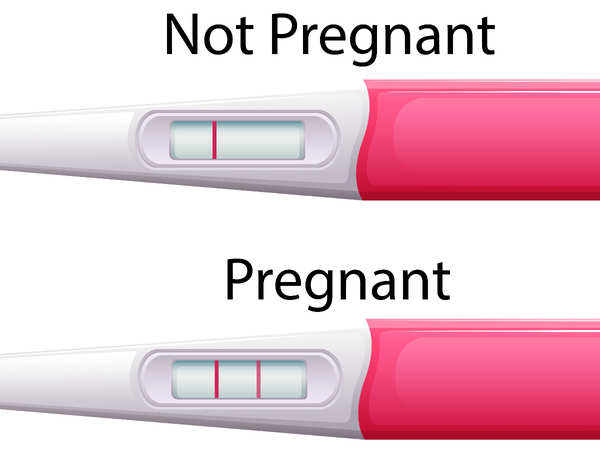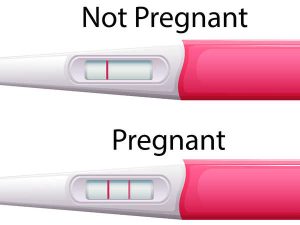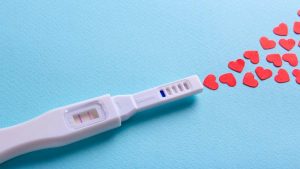If you think you might be pregnant, one of the easiest ways to find out is to use a home pregnancy test kit. These kits are widely available in pharmacies and online, and they are simple and convenient to use. But how do they work and how reliable are they? Here are some facts and tips to help you understand and use pregnancy test kits correctly.
How do pregnancy test kits work?
Pregnancy test kits detect the presence of a hormone called human chorionic gonadotropin (HCG) in your urine. This hormone is produced by the placenta after a fertilized egg implants in the uterus, usually about six days after conception. The level of HCG rises rapidly in early pregnancy, doubling every two to three days.
Pregnancy test kits have a strip or a stick that contains antibodies that react with HCG. When you pee on the strip or dip it in a cup of urine, the antibodies bind to any HCG present and change color or produce a symbol to indicate a positive or negative result.
How accurate are pregnancy test kits?
Most pregnancy test kits claim to be 99% accurate, but this depends on several factors, such as:
– The sensitivity of the test. Some tests can detect very low levels of HCG (as low as 10 mIU/ml), while others require higher levels (25 mIU/ml or more) to show a positive result. The more sensitive the test, the earlier you can use it to detect pregnancy.
– The timing of the test. The best time to take a pregnancy test is after your missed period when the level of HCG is high enough to be detected by most tests. If you take the test too early, before implantation or before your period is due, you may get a false negative result because there is not enough HCG in your urine.
– The method of the test. You need to follow the instructions carefully and use the test correctly to get an accurate result. For example, you need to check the expiration date of the test, use clean and dry equipment, collect a midstream urine sample (pee a little bit into the toilet before peeing on the test or in a cup), wait for the right amount of time before reading the result (usually two minutes or more), and read the result within the specified time frame (usually 10 minutes or less). If you don’t follow these steps, you may get an invalid or inaccurate result.
– The interpretation of the result. Different tests have different ways of showing positive or negative results. Some tests have one window or two windows on the stick or strip. A single window test shows one line for a negative result and two lines for a positive result. A two-window test shows one line for control (to indicate that the test is working) and another line or symbol for a positive or negative result. Some tests use words like “pregnant” or “not pregnant” or symbols like “+” or “-” to indicate the result. Some tests are digital and have a screen that displays the result. You need to read and understand what each type of result means for your specific test.
What if I get a faint line on my pregnancy test?
Sometimes, you may get a faint line on your pregnancy test that is hard to see or interpret. This may happen for several reasons:
– You are very early in your pregnancy and your HCG level is low but detectable by a sensitive test.
– You have diluted urine because you drank too much fluid before taking the test.
– You have an evaporation line that appears after the urine dries on the strip or stick. This is not a true positive result and usually occurs after the specified time frame for reading the result.
To avoid confusion, you should always read your pregnancy test within the time limit indicated by the instructions and use a fresh test with concentrated urine (preferably from your first-morning pee). If you get a faint line, you can repeat the test after a few days when your HCG level is higher and more likely to produce a clear result.
What if I get different results from different tests?
Sometimes, you may get different results from different tests that you use at home. This may happen because:
– You used different types of tests with different sensitivities and accuracy rates.
– You used different batches of tests that may have variations in quality and performance.
– You used different methods of testing (peeing on the stick vs dipping it in a cup) that may affect how much urine is absorbed by the strip





